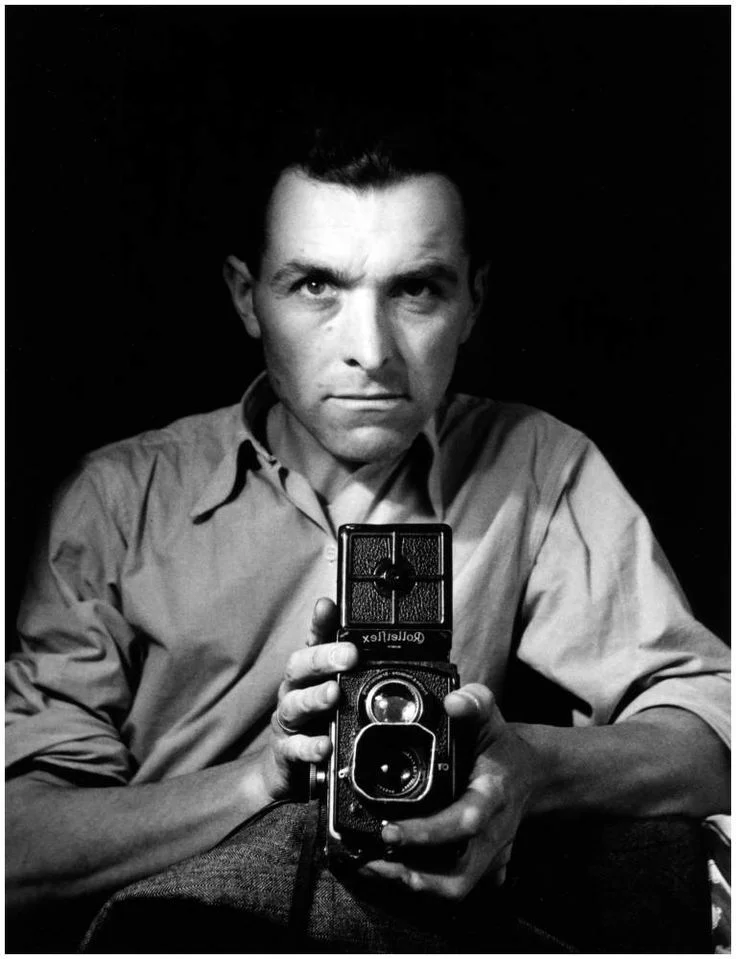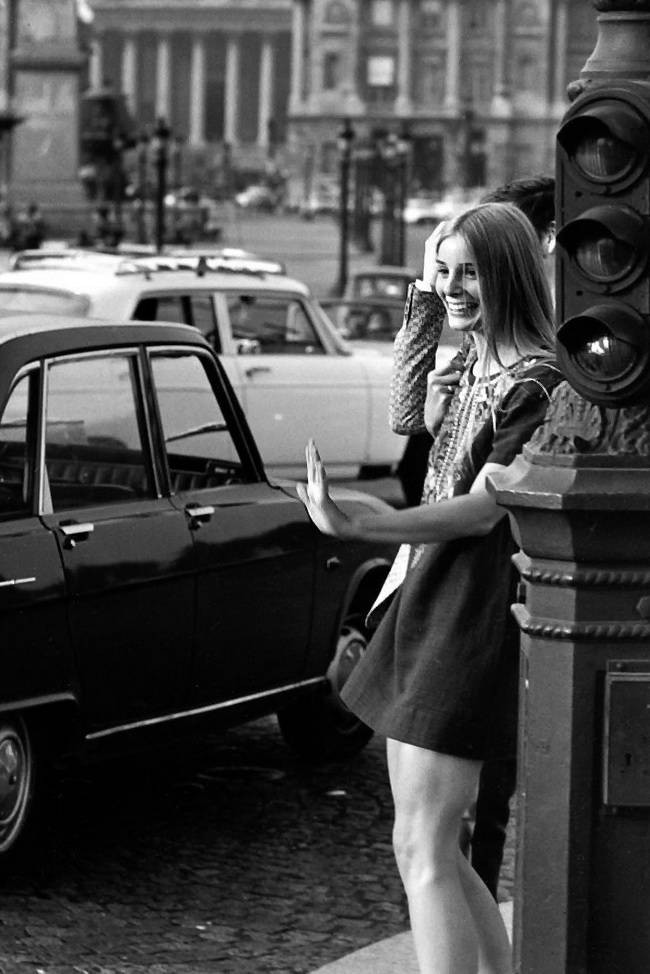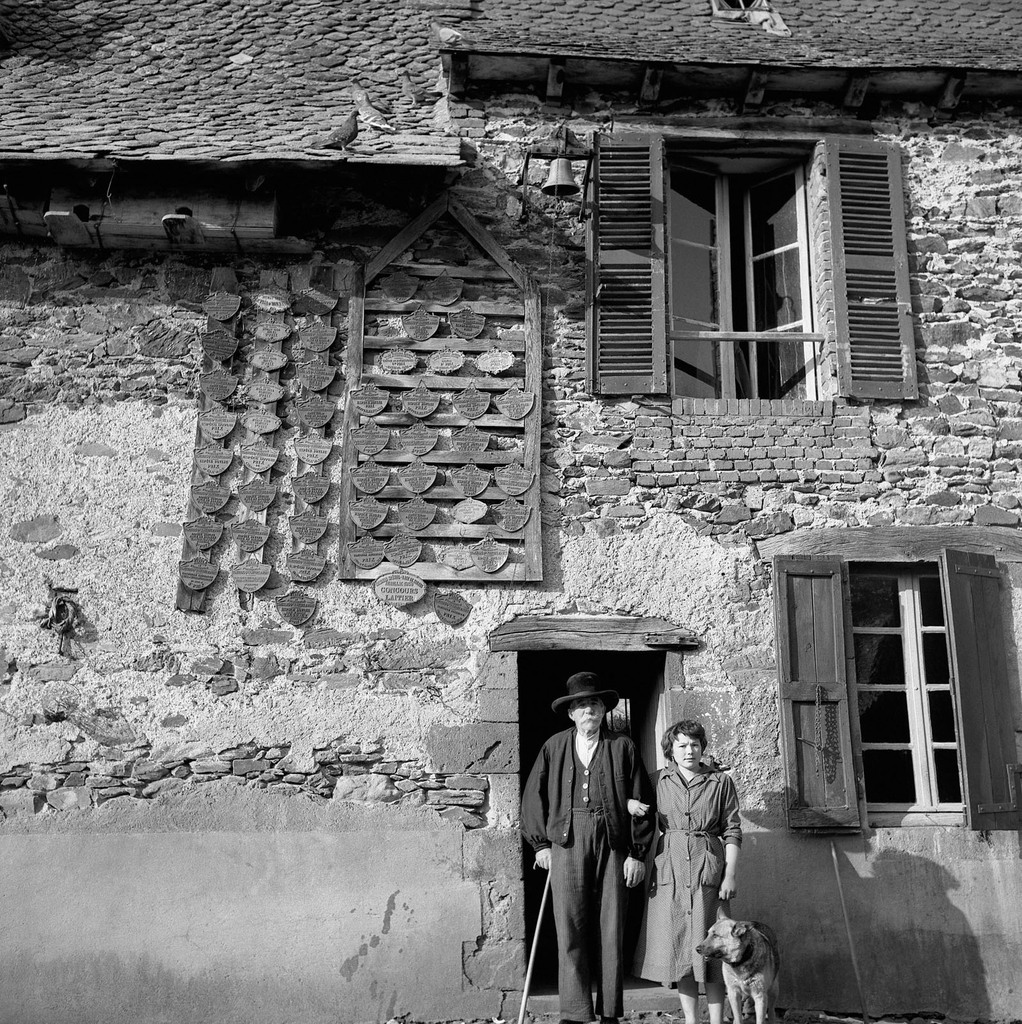Capturing Everyday Moments. The Work of Robert Doisneau
The Kiss, Presse féminine - devant l'hôtel Napoléon à Clamart - 1969. © Robert Doisneau
Self-portrait with Rolleiflex, Paris, 1947. © Robert Doisneau
Known for his excellent work as a French street photographer and his career as an early photojournalist, Robert Doisneau (1912- 1994) remains an exceptionally well respected artist to this day. He was born on April 14, 1912 in the Paris of Gentilly. His parents died when he was very young, leaving him the custody of relatives. At thirteen, Doisneau was enrolled in the École Estienne School. He studied there for the next four years before eventually graduating with a certificate in lithography and engraving techniques. Although he’d been taking snapshots on an amateur level since he was sixteen, it wasn’t until sometime later that his skills were put to good use.
In 1931, Doisneau became André Vigneau’s camera assistant. The following year, he sold his first set of photos to Excelsior magazine. He went on to work on advertising campaigns for the Renault car company but his consistent tardiness ended up costing him his job. For a time, Doisneau tried his hand at freelance work. He was subsequently hired by the Rapho photographic agency, a group that sent him all over his homeland in search of printable materials. In 1936, Doisneau married a lady named Pierrette Chaumaison. They had met two years earlier.
“If I knew how to take a good photograph, I’d do it every time.”
As was the case with many Frenchmen, Doisneau was required to help with his country’s war efforts. He was drafted into the military in 1940. Two years after that, his wife gave birth to the couple’s first child, Annette. Around this time Doisneau also meet Maximilien Vox, who would later be one of his regular employers. Despite having a growing family to maintain, Doisneau would even use his artistic skills to serve the French resistance, chiefly by creating false paperwork for them, until the war ended in 1945. He also took the opportunity to photograph his homeland from its occupation to its eventual liberation. However, Doisneau refused to take pictures that made fun of their subjects, such as those of Frenchwomen who had their hair cut off as a punishment for their affairs with the German occupiers.
After the fighting was done, Doisneau turned his efforts back to freelance photography. He eventually rejoined his old company, the Ralpho agency, in 1946 and remained with them for the rest of his career. He also collaborated with Pierre Betz, publisher of Le Point journal, during this time. Two years after the war ended, Pierrette gave birth to the couple’s second child, a daughter named Francine. In that same year, Doisneau won the Kodak Prize for photography. His first book of photographs was published in 1949. More would soon follow.
In 1950, Doisneau took what is perhaps his most famous image, The Kiss (Le baiser de l'hôtel de ville), on the streets of Paris. It was subsequently published in an episode of Life Magazine. A couple who saw the picture believed that they were the ones in the photograph, a mistake Doisneau kindly didn’t bother to correct until they threatened to sue him for using their pictures without permission. The truth of the matter was that Doisneau had encountered two aspiring actors who were kissing on the street. He obtained not only their permission but their cooperation in setting up a series of shots.
From around 1948 to 1952, Doisneau had a contract with the French edition of Vogue. Yet he found this work unsatisfying. He was far more interested in photographing ordinary human beings going about their daily lives than making fashionable people look good in print. His work was considered to be at its peak during the 1950s, presumably with the winning of the Niépce Prize in 1956, but he started to lose momentum during the 1960s. However, Dosineau did serve as a consultant for the Canadian photography expo in 1967. By the 1970s, photography as a means of storytelling was rapidly becoming a dying art thanks to the proliferation of television. This didn’t keep Doisneau’s work from being subject of a short film in 1973 or prevent his older daughter Annette from becoming his assistant near the end of the decade.
He went on to win more awards during the 1980s for his photographs: the Grand Prix National de la Photographie (1983) and the Balzac Prize (1986). He also was awarded the Legion of Honor in 1984. Even though Doisneau was relatively well-known in his chosen profession, he tended to be a humble fellow. He was said to have complained when he felt that his younger daughter had overcharged for his work on an advertising campaign.
Doisneau's wife, Pierette, eventually died in 1993 from the combined effects of Parkinson’s and Alzheimer’s disease. Less than six months later, her husband was too buried beside her in the Raizeux cemetery in Paris. He died from acute pancreatitis at the age of 81, leaving behind 450,000 negatives and over 20 books that reflected his enduring pursuit of everyday life.
Photographer and filmmaker, Ted Baker does a great review of some of the best artworks of master Doisneau. Enjoy!
Sources: Wikipedia, Atelier Robert Doisneau, International Center for Photography
Robert Doisneau Exhibitions
ROBERT DOISNEAU - ICONES
December 17, 2016 to May 1st, 2017
Forte di Bard Valle D'Aosta (Italia)
Robert Doisneau - les années Vogue
March 8 to May 28, 2017
Espace Richaud, Versailles
Robert Doisneau prints
The only prints for sale under control of the Atelier Robert Doisneau are the prints that Robert himself dedicated to collectors. Signed prints, usually 30x40, a few 40x50 or 50x60 and very seldom vintage prints. Atelier Doisneau recommends Claude Bernard gallery.
- Claude Bernard’s Gallery. The gallery focuses on contemporary figurative art, comprising sculpture and painting. Since 1999, it has also exhibited photography, including work by photographers such as Henri Cartier-Bresson, Martine Franck and Robert Doisneau. Artworks available here.
- Additionally Eduard Planting gallery in Amsterdam, Netherlands has a selection of prints of Doisneau. They are specialized in 20th century and contemporary photography. They combine works by world famous artists with that of upcoming talents, thus creating an exciting mix.
Robert Doisneau Photos:
Presse féminine - devant l'hôtel Napoléon à Clamart 1969. © Robert Doisneau
Place de la Concorde, Mai 1970. © Robert Doisneau
Jean-Claude Gabrillargues à Grand Vala, Août 1971. © Robert Doisneau
Dentellières au Puy Août 1950.© Robert Doisneau
Les médailles, Sansac de Marnies, 1957. © Robert Doisneau
Char à foin à Vin-Haut route D39, Août 1972. © Robert Doisneau
Ferrage de boeufs Philippon, commune de Chazelles, Langeac, Août 197. © Robert Doisneau
Jean Babilée en plein vol, 1956. © Robert Doisneau
Liane Daydé dans la rotonde de l'Opéra, Paris, 1950.© Robert Doisneau
The Tobacconist's Dog, 14th arrondissement, 1953. © Robert Doisneau























